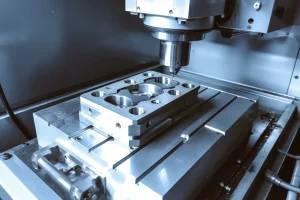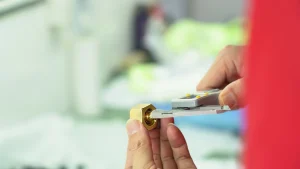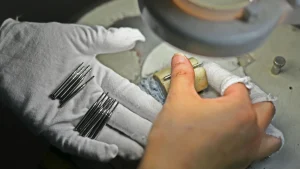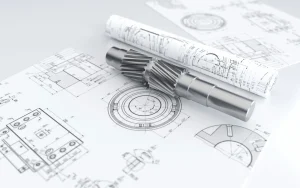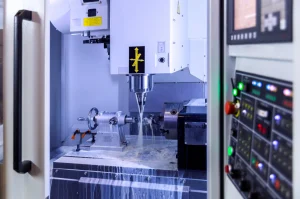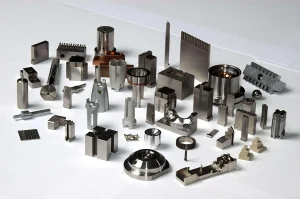快速原型技术现在已成为制造公司的标准. It facilitates faster production times while reducing operating costs. Rapid prototyping services are relatively new, but it is improving the manufacturing industry in the following ways:
1. Facilitates rapid product development
2. Supports lean manufacturing
3. Increases flexibility in product creation
Rapid prototyping technology enhances the technological advancement of the manufacturing industry to ensure a high degree of customization of products, thereby increasing overall profits while improving customer satisfaction.
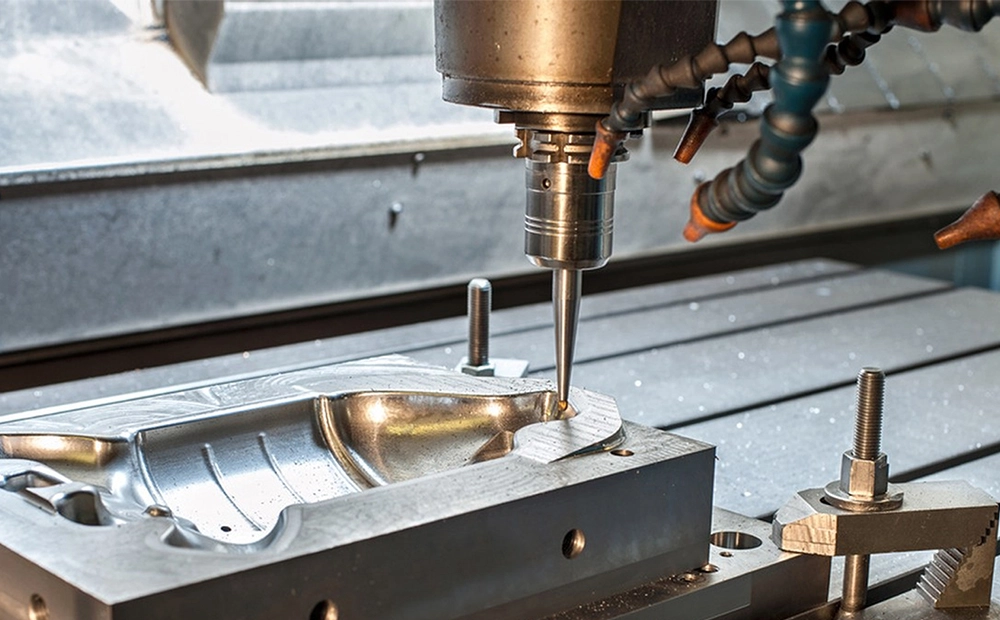
What is Rapid Prototyping?
Rapid prototyping is a group of techniques used to quickly build models, which are physical parts of buildings using 3D computer-aided design (计算机辅助设计). Parts of the building model are achieved through 3D printing, also known as rapid prototyping. 3D printing involves adding layer after layer of material to achieve a 3D object, which is called prototyping. Other techniques used in rapid prototyping include: molding, 铸件, 高速加工, extrusion
Prototyping is described as high-fidelity or low-fidelity prototyping. High-fidelity prototyping is a design that matches the idea of the final product, while low-fidelity prototyping is when the final product does not match the initial idea.
Different Types of Rapid Prototyping Design:
1. 立体光刻 (SLA)
SLA is a rapid prototyping manufacturing process that is inexpensive and fast. It is the first type of 3D printing ever. SLA uses a can of photosensitive liquid that turns solid when it comes into contact with computer-controlled ultraviolet light. Once SLA parts have solidified, they cannot be turned back into liquid; the process is irreversible.
2. 选择性激光烧结 (SLS)
SLS is also a rapid prototyping manufacturing process that is best used for plastic and metal molding manufacturing. SLS uses a high-powered laser to heat and sinter layers of powder to create a molding. It is worth noting that SLS products are much weaker than SLA moldings. 然而, SLS is much cheaper and requires less time and labor while providing high production rates. SLS parts are rough and require more finishing after obtaining the final part.
3. Material Jetting or Fused Deposition Modeling (频分复用)
Material Jetting is also a rapid prototyping manufacturing process that is fast, affordable, easy to use, and inexpensive. FDM is best used for product development. FDM uses a thermoplastic filament that melts inside the barrel of a print nozzle to create a molding. The printer works by moving the nozzle back and forth. Using a computer deposition program, the plastic is layered to form the molding.
4. Powder Bed Fusion (PBF) or Selective Laser Melting (可持续发展管理)
SLM is the most commonly used type of rapid prototyping manufacturing. This method is popular with aerospace, 汽车, 防御, and medical companies. It is the most popular method because of its low cost and ability to create high-quality parts. The method uses a high-power or electron beam to melt a binder layered with powder to create a production part or molding. PBF uses power-based materials such as: 铜, 铝, 不锈钢.
5. Sheet Lamination or Laminated Object Manufacturing (LOM)
Sheet lamination is less complex than SLS and SLM. The process does not require you to be in a specially controlled environment to achieve the results you want. The working principle of sheet lamination is to use a laser beam to put layers of metal, 塑料, and ceramic cuts together to create the desired CAD design. Each layer is bonded with glue until the entire part is completed. 然而, this method is labor-intensive and takes a lot of time.
6. 数字光处理 (数字光处理)
DLP is almost the same as the SLA method. DLP uses resin polymerization and uses a beam of light for curing. The light source for DLP comes from a projector, while the light source for SLA comes from a laser beam. DLP is cheaper and faster than SLP, but it requires more infrastructure for post-curing.
Rapid prototyping technology helps save time and costs
Rapid prototyping manufacturing ensures that expensive tools and setups are not required. The same 3D printer can be used to produce prototyping of different geometries. It minimizes design flaws and errors. Using 3D printing, designers can ensure that all flaws are fixed early in the product development process. Rapid prototyping development ensures that companies avoid expensive tooling and design changes during the development process. Examples of rapid prototyping development help designers test prototyping that performs and looks similar to the final product, reducing the risk of usage and manufacturing issues before the company enters the production phase. It simplifies the process of creative exploration. Rapid prototyping design reduces the risk of creative exploration because designers can turn their ideas into reality in a short period of time. Prototyping verification makes it easier to understand and refine the design.
Some of the areas where rapid prototyping processes are used include:
Developing aerospace and defense equipment
Rapid prototyping services are quite popular in the aerospace and defense industries. These services are needed when testing prototyping before approving it for production. Rapid prototyping is excellent in testing designs that would be too costly to test using traditional methods.
Used in Manufacturing Auto Parts
Rapid prototyping technology has been a key part of automotive parts manufacturing. Rapid prototyping manufacturing has the potential to produce automotive parts with integrated features without the need for tooling. This has led to a significant reduction in development and production costs.
What are the new areas of rapid prototyping technology:
1. Rapid prototyping development using artificial intelligence (人工智能)
Artificial intelligence is slowly becoming an integral part of rapid prototyping development. Making data-oriented decisions and seamless testing are one of the essential features of excellent product prototyping development.
2. Autonomous driving using rapid prototyping development
Due to the increased interest in autonomous driving, there is a demand for new control platforms and sensor technologies to increase the speed and reduce costs of product development. Companies are now using the testing and development frameworks required for rapid prototyping development.
3. In creating physical 3D maps
Rapid prototyping technology is now being used to create 3D scale objects of city models, with supported landscapes and a continuous surface, which are interpolated from statistical data. There have been some examples of 3D models produced to demonstrate the capabilities of this technology. New website-based services enable 3D models to be overlaid with satellite imagery, user-provided GPS tracks, and topographic maps.
结论
Rapid prototyping technology is rapidly changing the manufacturing industry. New technological advances are emerging every day to improve customer satisfaction, drive efficiency, and reduce production costs.

